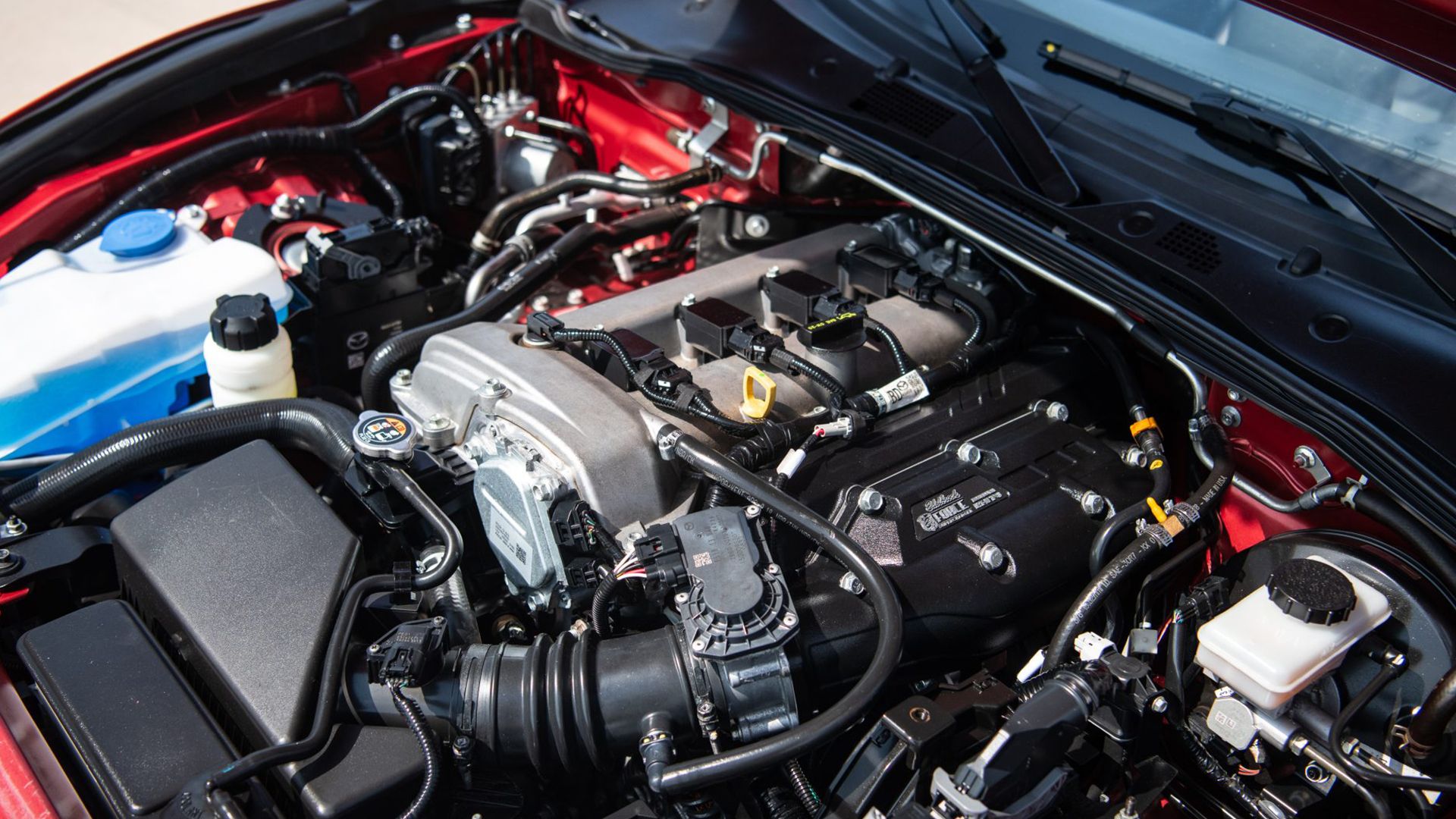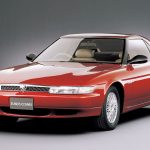Summary
- Mazda’s commitment to Monotsukuri philosophy ensures in-house production and specialization, resulting in top reliability ratings and unique car designs.
- The brand’s iconic rotary engine cars and dedication to craftsmanship through Takumi artisans showcase Mazda’s emphasis on quality and innovation.
- With a focus on lightweight design strategies like the Gram Strategy and transitioning towards electric vehicles, Mazda continues to prioritize long-term growth and sustainability.
The rush to come up with a viable and reliable automobile at the beginning of the 20th century can be equated to today’s clamor for who will successfully make travel to outer space practical and reliable. In the 1920s, Ford created a dependable and efficient roadmap for car production, becoming one of the most successful automakers at the time.
At the same time, in Japan, little-known Mazda, then Toyo Kogyo Co., Ltd, was transitioning from cork manufacturing to vehicle manufacturing. The two brands would later collaborate in one of the benchmark supportive partnerships in automotive history. While not as popular as Japanese rivals like Toyota, Mazda is famous for automotive innovation and a commitment to excellence, traits visible in their cars. From the idolized Mazda R36, the beloved Miata, and the one-of-a-kind Mazda pickup to the latest premium CX-90 SUV, Mazda has made some exciting and memorable cars over the years.
In an industry that chases economies of scale, Mazda proudly embraces a minimalist approach rooted in traditional Japanese philosophies. Monotsukuri – a key driving force at Mazda, focuses on specialization. Craftsmen are valued, and invested in, to finesse Mazda products over time. The result is a consistent, impressive reliability rating. According to Repair Pal, Mazda’s reliability rating of 4.0 out of 5.0 solidifies its position as the 5th most reliable brand out of 32 rated brands, with an annual repair cost of $462.
UPDATE: 2024/04/11
This update provides a closer look into Mazda’s reliability by looking at Mazda’s most successful and most dependable models, the Mazda 3 and Mazda CX-5. The two cars demonstrate that Mazda’s move upmarket won’t affect the brand’s reputation for reliability.
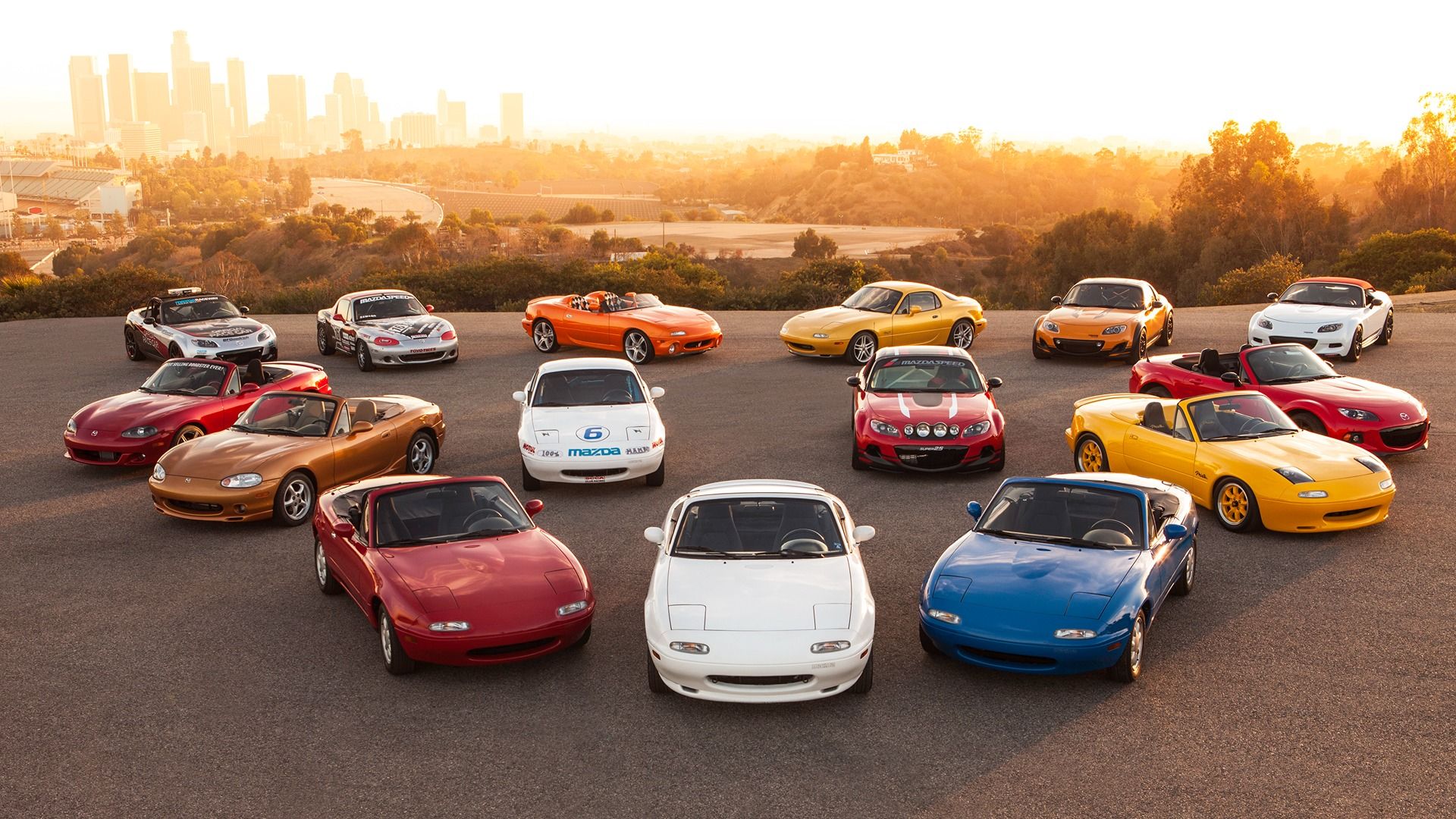
10 Most Iconic Mazda Models Of All Time
Apart from sedans and SUVs, Mazda has also built some incredible rotary sports cars for enthusiasts over the years, and here are our top ten picks
In order to give you the most up-to-date and accurate information possible, the data used to compile this article was sourced from Mazda and other authoritative sources, including Consumer Reports, Repair Pal, and J.D. Power.
The Art Of Craftsmanship
Japan is renowned for its automotive success and a strong respect for its culture. Automakers in Japan incorporate Japanese philosophies in their production processes. Toyota emphasizes Jidoka, a philosophy that blends automation with a deep human understanding and control, while Mazda associates with Monotsukuri. In simple terms, Monotsukuri focuses on making things in-house rather than outsourcing.
By doing things yourself, you understand every aspect of the process, and in turn, become a highly skilled specialist. At Mazda, these specialists are called Takumi. With the majority of global companies outsourcing most of their production for scaling and cost-cutting, Mazda produces each car part in-house. This ensures careful attention to detail and efficient quality control. In addition, the automaker deploys modern technologies such as 3D printers, CNC technology, and robotics.
Mazda’s Philosophy Brought About The Rotary Engine
A classic example of Mazda’s success with this philosophy is the rotary engine, which is synonymous with the brand. When the Japanese government was pushing for mergers between automakers to have a globally competitive motoring sector, in the 1950s and 1960s, Mazda was on the brink of being absorbed.
The relatively new and untested rotary engine was assigned to a team of specialized engineers, including the man behind the engine, Felix Wankel. The engineering buffs stood for engineering ingenuity, and the aftermath was Mazda’s first rotary-powered sports car. Though its reliability is highly contentious, Mazda car sales at the time skyrocketed.
Notable Rotary Engine Cars Include:
- 1967 Mazda Cosmos Sport 110s
- 1978 Mazda REPU (Rotary Engine Pick Up)
- 1974 Mazda Parkway Rotary 26
- 1988 Mazda RX-7
- 2011 Mazda RX-8
While the Monotsukuri model stifles economies of scale, it enables the manufacturing of a few cars that are subjected to high-quality standards. As a result, Mazda is consistently able to produce reliable cars. Another plus is that the assembly can accommodate the production of different models on the same line. This has worked for Mazda most of the time, enabling them to exemplify simplicity and creativity while defying the ordinary.
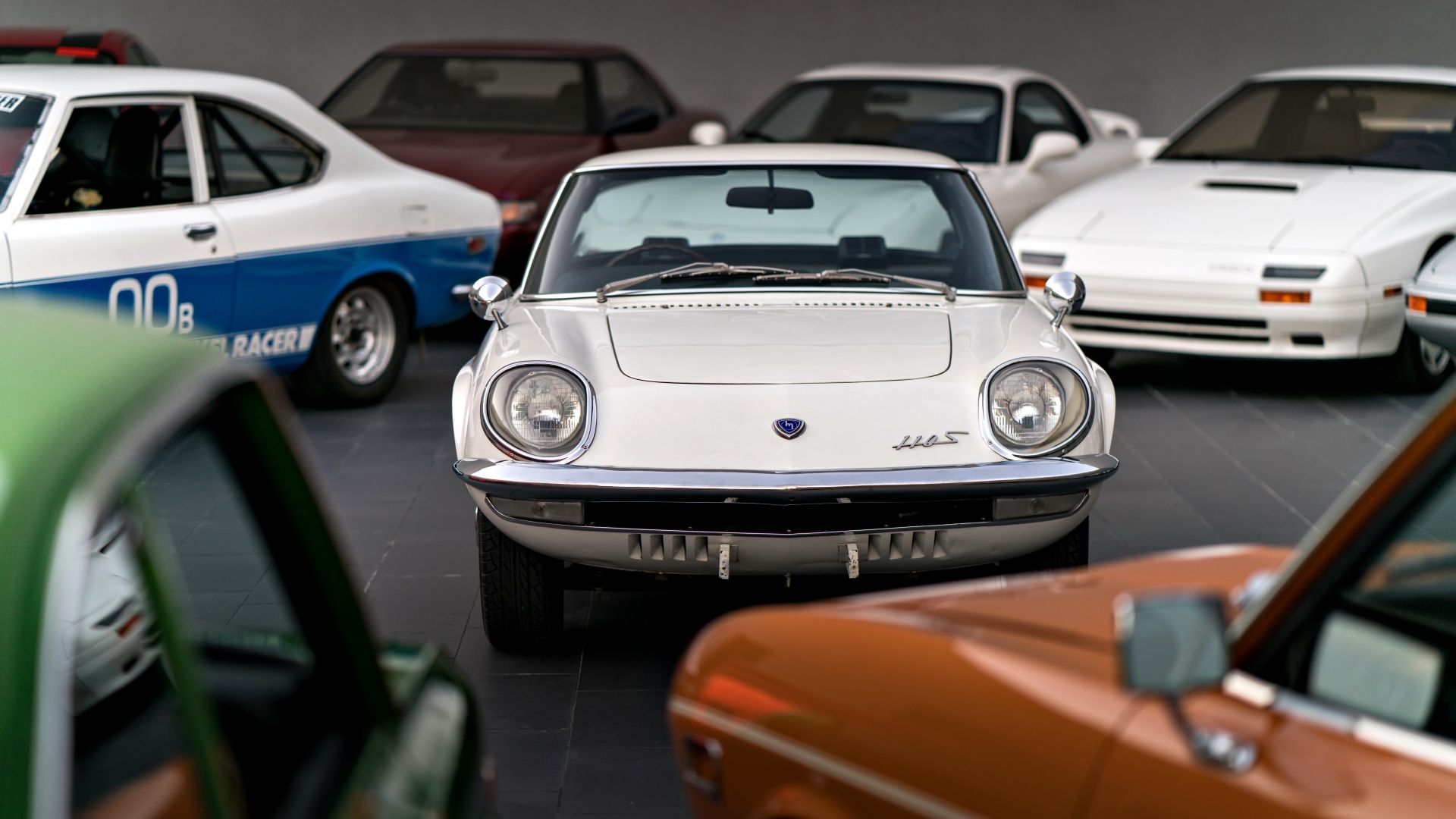
10 Rarest Mazdas Ever Built
With a storied history and a lot of hits and misses, the Mazda brand has made some truly unique cars in its lifetime and these are some of the rarest
Master Craftsmen: The Takumi Artisans Behind Mazda’s Precision
Mazda’s brand reputation for reliability is upheld by highly skilled artisans, the Takumi. These experts spend years perfecting their specific craft. To ensure the furtherance of the craft, they take on apprentices who are trained to become the next generation of skilled Takumi craftsmen.
Monotsukuri Is Multifaceted
- Hacho: The design technique is employed to craft cabin interiors that ensure a harmonious and emotionally enriching atmosphere.
- Jinba-Ittai means “horse and rider as one,” representing the close and intuitive connection between a Mazda and its driver.
- Kaicho: It guides designers to select materials and textures that harmoniously complement each other.
- Kansei: By prioritizing emotional connection in design, it enhances reliability through meticulous attention to detail.
- Kodo: Meaning “soul of motion,” it represents Mazda’s distinctive design philosophy of putting life into the metal of their cars.
While these design principles play into a driver’s emotional connection, intuitive control, and harmonious functionality, collectively they contribute to overall reliability and consistency. This fosters dependable performance, driver satisfaction, and uniformity.
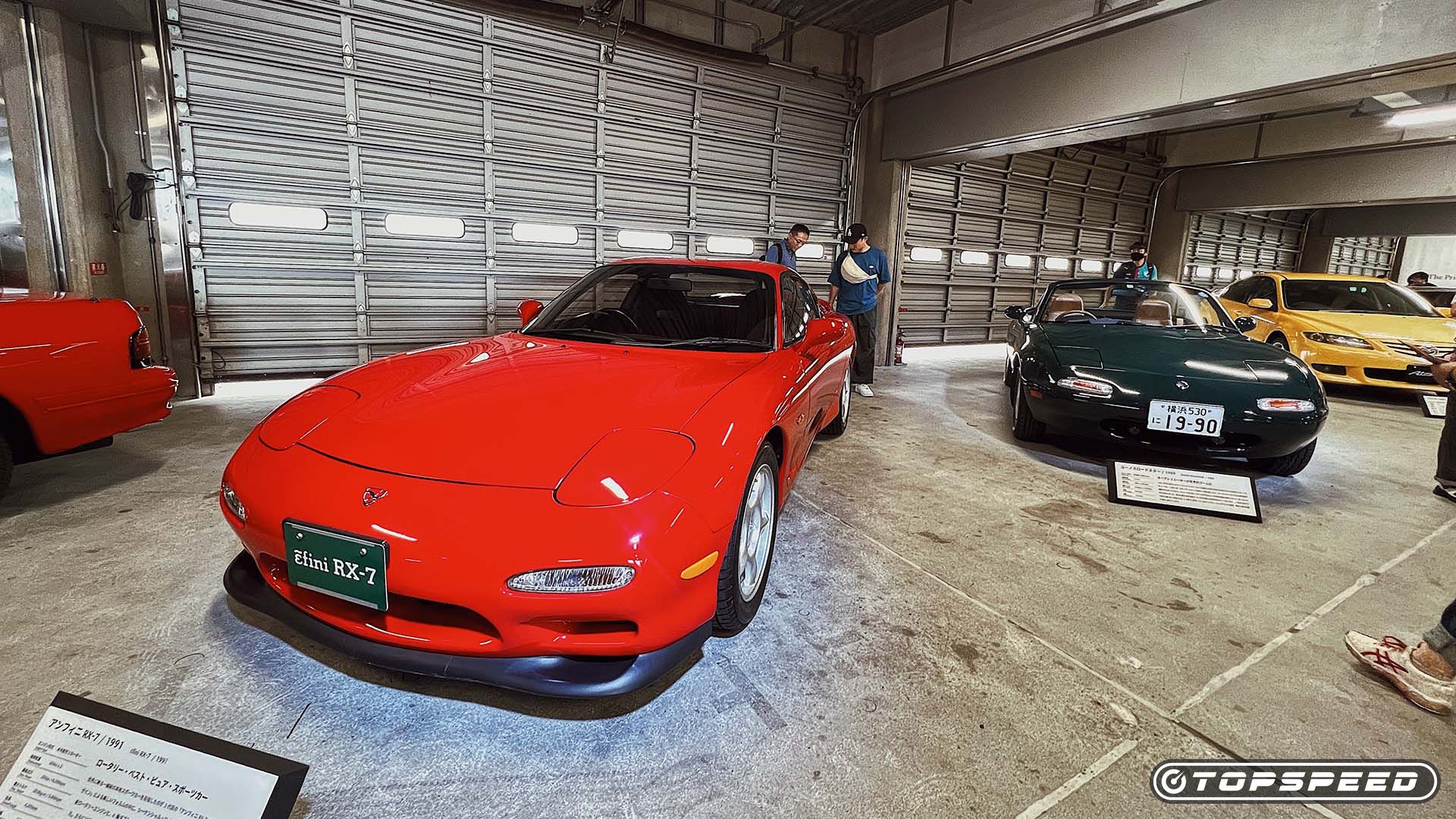
Why The Story Of The Rotary Engine Is Far From Over
Mazda’s passion for the rotary engine means that the Japanese automaker’s “Unrelenting Challenger Spirit” is alive and well in 2023
Lightweight Construction: Gram Strategy
Mazda’s focus on weight saving can be traced back to its first fully-fledged car, the rear-engined R36. It was a small car, practical, and nimble enough to meet the demands of a struggling economy. This approach morphed into what is today called the Gram Strategy, a strategy that aims to shave weight from every car component in the manufacturing process, which Mazda has perfected over the years.
Mazda Miata: The Birth Of An Icon
Borrowing from the eccentric Lotus Elan British roadster, Mazda combined its typical principles of fun driving, authentic lightweight design, and affordable performance coupled with Japanese reliability to develop the Miata in the 1990s. This benchmark sports car is one of the most popular and affordable from its inception to this day. And it ranks among the top, most reliable subcompact cars in the market.
Based on ratings from Repair Pal, the current generation MX-5 Miata ranks 8th out of 21 subcompact cars with an annual cost of $429 and less severe and less frequent repairs resulting in low ownership costs. The 2023 Mazda MX-5 Miata embodies the Gram strategy for a near-perfect 50/50 weight distribution, Mazda’s kinematic posture control, and a monocoque unibody. It is one of the 23 recommended sports cars by Consumer Reports, with an overall score of 80.
Though the Gram strategy slows the manufacturing process, the team at Mazda emphasizes that everyone in the design process, right from the start, is involved. With ideas from everyone in the team, nothing is left to chance. The process helps do away with barriers between departments, fostering a harmonious environment geared toward a common goal, saving weight.
Performance Specifications of The 2024 Mazda MX-5
|
Engine |
2.0 DOHC 16-valve 4-cylinder with VVT |
|
Horsepower |
181 HP |
|
Torque |
151 LB-FT |
|
Transmission |
Six-Speed Automatic |
|
Drive Layout |
AWD |
|
Fuel Economy (CMB) |
30 MPG |
|
0-60 MPH |
6.5 seconds |
|
Top Speed |
137 MPH |
(Performance specs sourced from Mazda)
The Miata’s dynamic behavior stems primarily from its light weight of just 2,470 pounds wet. This enables the car to be nimble and responsive, even with a ‘modest’ 181 horsepower engine.
The Mazda 3 And Mazda CX-5 Are Two Of Mazda’s Most Reliable Models
Though built upon the minimalist principles that underpin the Mazda CX-5, the Mazda 3 and Mazda CX-5 are more luxurious. They were early indicators of Mazda’s intent to move upmarket and morph into a cut-price luxury brand. Mazda has demonstrated through cars like the CX-5 and Mazda 3 that its move to a different segment won’t impact reliability. The brand ranked seventh in Consumer Reports’ study of most reliable cars and seventh in J.D. Power’s Vehicle Dependability Study.
The Mazda 3 Is An Affordable And Entertaining Compact Car
Sitting at the edge of the premium segment but not quite ready to cross over, the Mazda 3 is an affordable and entertaining compact car that starts at $24,170. It’s offered in a sedan or compact body and features a 2.5-liter engine as standard or an optional turbocharged 2.5-liter inline-four. Running on premium fuel, the turbo mill produces 250 horsepower. That figure falls to 227 horsepower when burning lower octane petrol. You can opt for a six-speed manual, but only if you stick to front-wheel drive. All-wheel drive pairs exclusively with the standard six-speed automatic.
Though we loved the Mazda 3’s handling characteristics and responsive steering, we lamented the fact that to get the best out of its torquey engine, you must fill it up with premium fuel. The Mazda 3’s interior gives off an upscale vibe that belies the car’s low sticker price: you get features like leatherette upholstery, a leather-wrapped steering wheel, and an 8.8-inch touchscreen infotainment system as standard. The experts at RepairPal give the Mazda 3 a high-reliability score of 4 out of 5 cogs.
Performance Specifications
|
Model |
2024 Mazda 3 Turbo Sedan |
|
Engine |
Turbocharged 2.5-liter inline-four |
|
Horsepower |
227 horsepower / 250 horsepower |
|
Torque |
310 pound-feet / 320 pound-feet |
|
Transmission |
Six-speed Automatic |
|
Drive Layout |
AWD |
|
Fuel Economy (CMB) |
30 MPG |
|
0-60 MPH |
5.6 seconds |
|
Top Speed |
134 MPH |
(Performance specs sourced from Mazda)
One Of The Forces Behind The CX-5’s Popularity Is Its Reliability
Despite the Mazda CX-5’s advanced age in car years, it is Mazda’s global best-seller. One of the reasons behind the CX-5’s popularity is its dependability – buyers naturally gravitate towards dependable models. Therefore, it’s not surprising that the CX-5 and Mazda 3, two of Mazda’s most reliable brands, were the brand’s best performers in 2023. The CX-5 gets an average reliability rating of 4.5 out of 5 cogs from Repair Pal.
Performance Specifications
|
Model |
2024 Mazda CX-5 Turbo Signature |
|
Engine |
Turbocharged 2.5-liter inline-four |
|
Horsepower |
256 horsepower |
|
Torque |
320 pound-feet |
|
Transmission |
Six-speed Automatic |
|
Drive Layout |
AWD |
|
Fuel Economy (CMB) |
24 MPG |
|
0-60 MPH |
6.2 seconds |
|
Top Speed |
129 MPH |
(Performance specs sourced from Mazda)
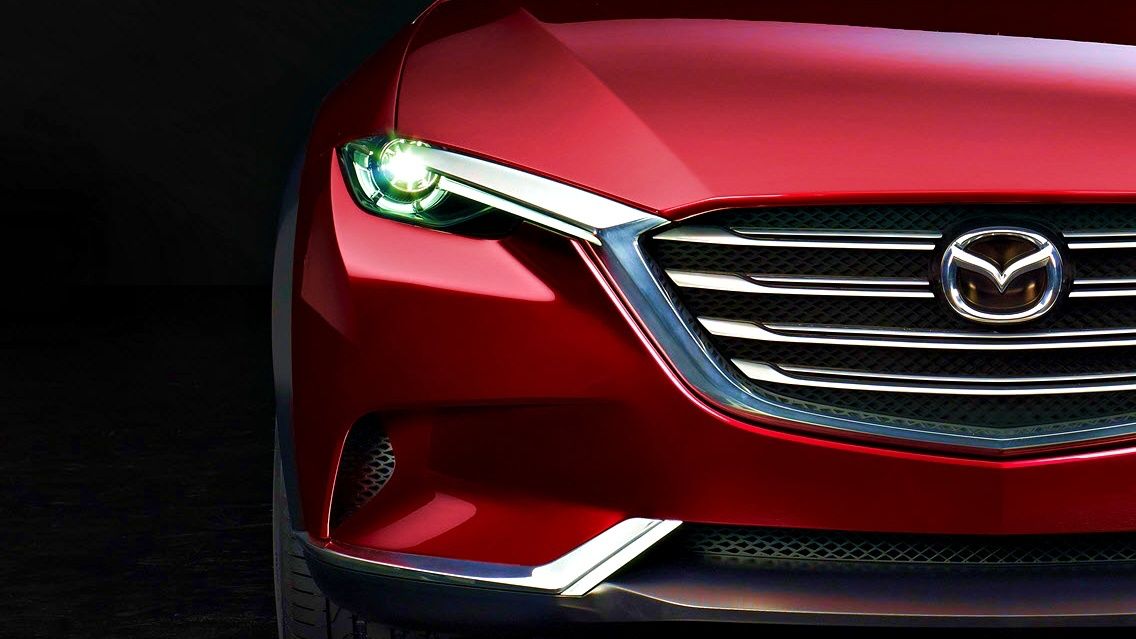
Why Mazda Is The Brand To Watch This Decade
From small-fry to big fish, Mazda’s growth over the last decade has been incredible and it doesn’t look like they’re slowing anytime down soon
SKYACTIV EV Scalable Architecture: Bridge To The Future
The motoring world is going the electric way. In a bid to keep up with carbon neutrality, Mazda announced the ‘sustainable Zoom Zoom 2030’, a long-term plan to gradually electrify its fleet. The ‘Zoom Zoom’ mantra became popular in the early 2000s with commercials that were meant to connect with young people. Children, for example, usually imitate a roaring engine with a zoom-zoom sound. The tagline has now been resurrected to drive the electrification initiative with ‘sustainable Zoom Zoom 2030’.
Mazda Is Not Rushing Towards Carbon Neutrality
The plan is to make Mazda carbon-neutral by 2050. It is meant to be gradual, with the SKYACTIV EV Scalable Architecture platform rolling out in the midterm. The platform is meant to be transitional as Mazda looks to fully electrify its lineup. The ambitious endeavor has given birth to the Mazda MX 30, the automaker’s first electric vehicle.
While Mazda’s cars are consistently ranked among the top reliable cars, the MX-30 did not meet the expectations of a market that is flooded with options. However, Mazda’s strategy has always been long-term and focused on agility and efficiency, so it should only get better.


